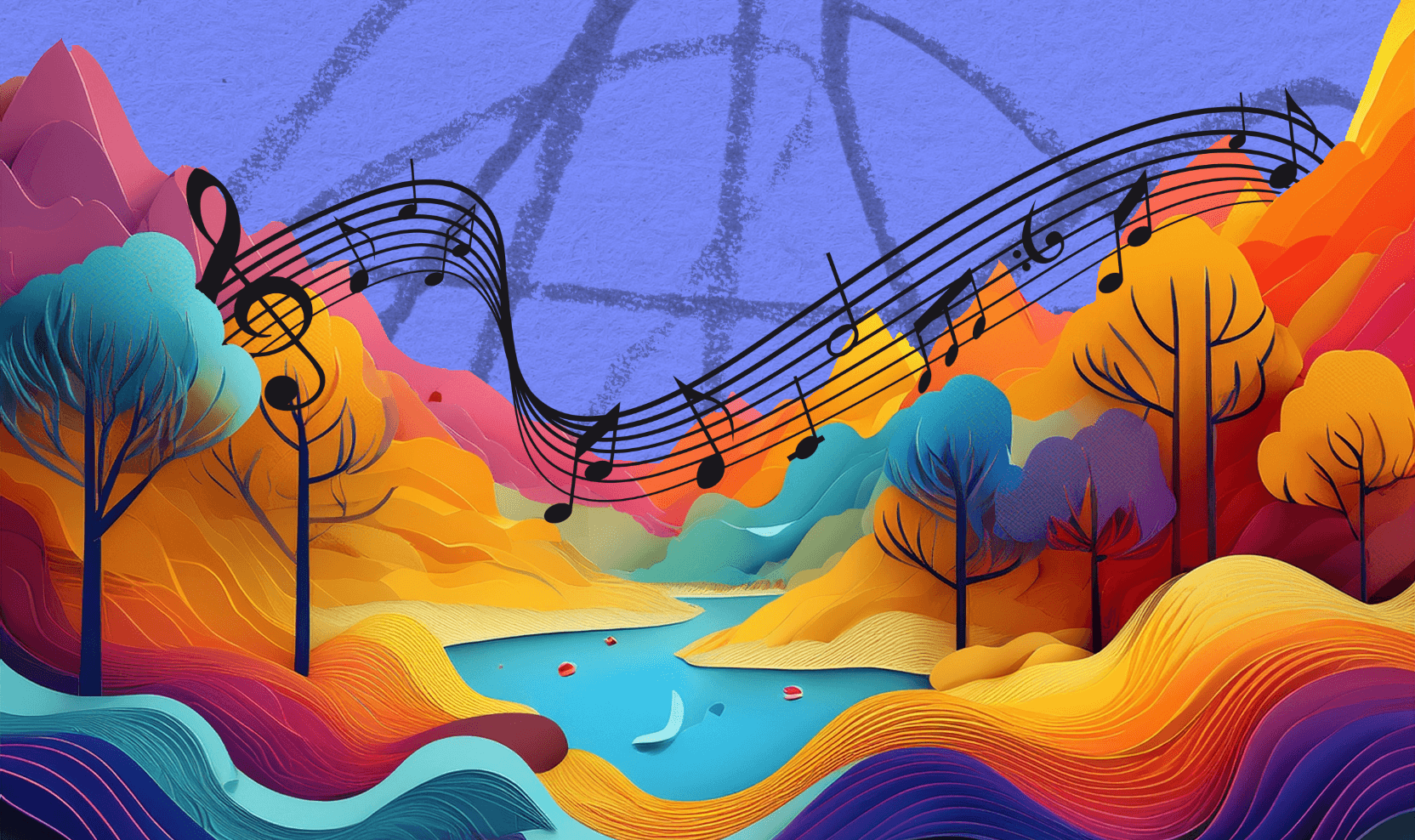Podcast sound design
Building an immersive audio experience.

Creating a compelling audio experience requires a lot more than just capturing audio. If you want your listeners to feel drawn into the world, you have to consider layering a variety of music and sounds that can activate people’s imaginations.
In the podcast world, this is an art known as Soundscaping. Soundscaping helps to add texture and details to storytelling through sounds, effects, and music. It’s an important addition to podcasting, but there’s a fine line between interesting and overwhelming.
For a first time soundscaper, striking that balance can be tricky. Luckily, we were able to sit down with Kevin O’Connell, a professional audio and video production specialist with a background in podcasting and music. Kevin helped us to understand the importance of soundscaping and offered guidance on starting out with it.
Here, we’ll reflect on some highlights from our recent conversation to explain what makes for excellent soundscaping and why it’s so important.
Building an immersive experience with soundscaping
It’s ironic, but the best sound design is meant to go unnoticed. Listeners should be able to get lost in the world you’re creating, and incorporating soundscaping helps to do this. Through the layered sounds, you can build an acoustic environment that strengthens the mood and subject matter of your show.
Although podcasts are relatively new in human history, soundscaping goes all the way back to the Silent Film Era. Scores and sound effects helped to sell the on-screen stories, even when words couldn’t be spoken. Now, soundscaping is ingrained in the media we consume, and it ranges from professional Hollywood foley artists creating precise effects to amateur YouTube creators adding meme sounds.
But just because everyone’s doing it doesn’t mean we know what it is. According to Kevin, soundscaping is: “storytelling through elements that aren’t words, meaning other elements, like sounds, that make you feel something without using language... Think of it as the storytelling method of putting the listener in a space.”
While different for every podcast, it’s an essential and exciting piece of entertainment that helps bring the audience into the world you’ve created.
Soundscaping allows audio-focused podcasts to deliver unique experiences
Unlike video, podcasts can’t rely on visuals to sell a story. Because it’s a predominately audio experience, soundscaping is crucial for a podcast to be impactful. Although that may seem like a heavy burden, it should also be exciting.
“It’s a lot like saying “Hey, come with me! We're taking this journey together.” You’re taking what can be a somewhat isolated form of media, maybe listening on your own with headphones or while driving in your car, listening to your thing, and thinking, ‘Oh, I'm transforming myself, or learning something new, or just having fun,’ All the while, I'm actually transporting into this space with this host, with this person who's telling a story and now I'm part of the story. I'm there with them.” — Kevin O’Connell
A primary purpose of art is to connect with people. Soundscaping allows you to connect with your audience in new and exciting ways; spending a little extra time working on your soundscaping can allow you to transport and guide your audience without any words.
The best soundscaping isn’t obvious to the average listener
Whether you’re producing a fictional podcast or just editing a conversation together, challenge yourself to add music or effects. There’s no harm in playing around with ideas, and you might be surprised with where things lead you.
Adobe Podcast Studio has a built-in stock media library for a variety of ambient music. Try adding some to see how it changes the mood of what’s being discussed. Or, check out Adobe Express, which is included in the Adobe Podcast Premium bundle. Adobe Express gives users access to over 15,000 Adobe Stock sound effects, so the possibilities are endless.
Better soundscaping is better podcasting
Soundscaping is about creating a journey, like a car trip or hike down a new trail, where the listener is constantly eager to see what’s around the next corner. Like Kevin says, “This is what draws people to this kind of media. I think some of the best forms of art and media just take you right along with them.”
Maybe you’re leading your listener through a grandiose fictional world, or maybe you’re just holding a conversation with a friend. Whatever the case, a well thought-out soundscaping will help sell your story to new listeners and continue inspiring old listeners to join you on all future adventures.


